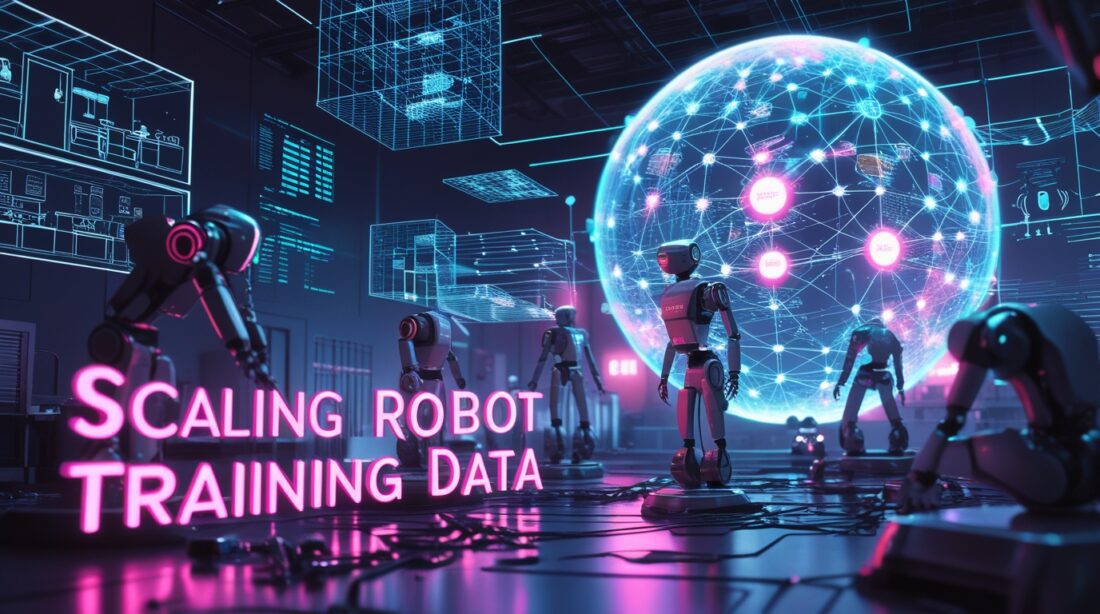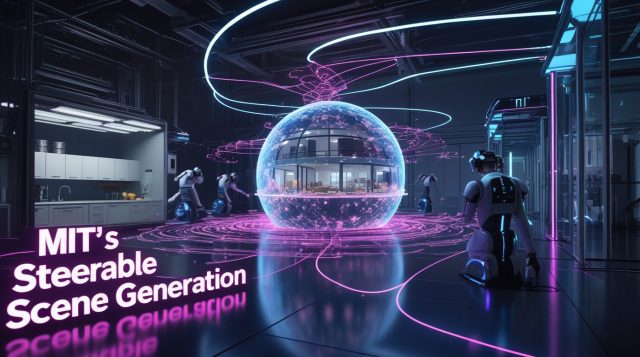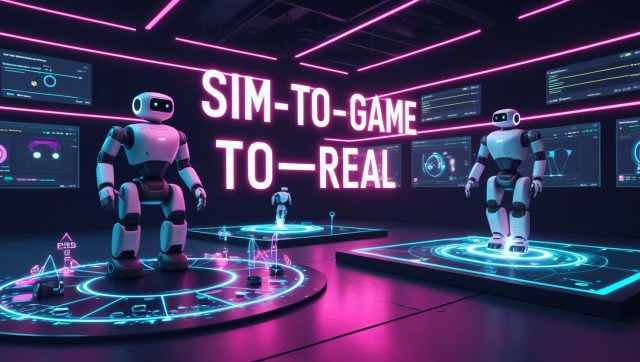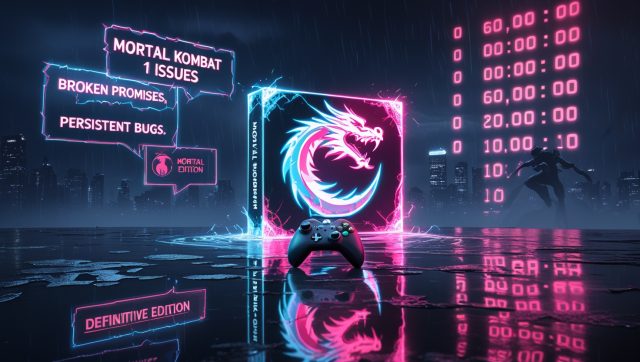TL;DR: Researchers from MIT CSAIL and the Toyota Research Institute have developed “Steerable Scene Generation,” a new method that uses generative AI for robotics simulation to create massive volumes of realistic and diverse 3D scenes for robot simulation (like kitchens and living rooms). This approach directly addresses a critical bottleneck in robotics: the challenge of scaling robot training data. By automating the creation of high-quality training scenarios, it promises to significantly accelerate the development of capable and adaptable industrial robots through AI-driven simulation.
The Robot Training Data Bottleneck
Imagine you need to train a robot to help in a warehouse. It must learn to recognize and pick thousands of different items, from cardboard boxes to delicate electronics. In the real world, setting up and repeating these scenarios millions of times is impossibly slow and costly. This is the core problem robotics engineers face daily: a severe shortage of high-quality, diverse training data for robot learning.
Researchers at MIT’s Computer Science and Artificial Intelligence Laboratory (CSAIL) and the Toyota Research Institute may have found a powerful solution. They’ve developed a method called Steerable Scene Generation, a scalable technique that uses AI to create realistic virtual environments for robot training. This new approach is crucial for scaling robot learning data, moving beyond the painstakingly handcrafted simulations that have long held the industry back. For a deeper look at how simulation is transforming robotics, check out how simulations are replacing physical prototyping to streamline development.
Why Scaling Training Data is Robotics’ Biggest Hurdle
Today’s most advanced AI, like the large language models behind ChatGPT, learns from trillions of data points scraped from the internet. For a robot, the equivalent is a massive collection of “how-to” demonstrations—countless videos of tasks being performed in varied environments.
Collecting this data on physical robots is not just time-consuming; it’s often impractical. As MIT researchers have pointed out, collecting these demonstrations on real robots is time-consuming and not perfectly repeatable. The traditional alternatives—either AI-generated simulations that lack physical accuracy or manually built digital environments—are too slow to scale. This creates a major obstacle for developing foundation models for robotics training data and general-purpose robotic assistants for homes, factories, and warehouses. To understand more about the challenges of integrating AI into industrial settings, explore why industrial AI implementation is winning big in 2025 factories.
How MIT’s Steerable Generation Method Creates Smarter Simulations
So, how does this new method tackle the challenge of scaling robot training data? It works through a sophisticated, multi-stage process that “steers” AI to build better virtual training grounds for robot foundation models.
The system is based on a diffusion model for 3D scene generation, similar to AI image generators, but trained on a massive dataset of over 44 million 3D scenes of everyday spaces like kitchens and living rooms. This gives the AI a foundational understanding of how objects typically fit together in a room, enabling realistic kitchen and living room scenes for robots. For insights into how AI is advancing scene understanding, see how social navigation AI trains smarter robots.
The real innovation, however, lies in how the researchers “steer” this base model. They employ three powerful techniques to ensure the generated scenes are not just random but task-aligned and physically accurate for robot learning:
- Reinforcement Learning for AI Scene Creation: After initial training, the model undergoes a second phase where it learns through trial and error to maximize a “reward,” such as creating maximally cluttered environments. This helps in generating cluttered environments for robot testing and developing physically accurate robot training simulations. Learn more about reinforcement learning’s impact on robotics in how reinforcement learning for robotics training transforms industry.
- Monte Carlo Tree Search (MCTS) for Scene Generation: The system uses MCTS, a method also used in AlphaGo, to explore multiple scene variations before selecting the best outcome. This AI-driven simulation method ensures task-aligned scene synthesis for robotics by maintaining physical realism and diversity.
- Conditional Scene Generation: Users can guide the AI with text prompts like “a kitchen with four apples and a bowl on the table.” The model accurately follows prompts, showing how automating simulation environment creation can make robot training data generation faster and more efficient.
Finally, every scene passes a physical feasibility check through simulation to prevent floating or overlapping objects—crucial for solving the sim-to-real gap with AI. For a broader perspective on simulation-driven advancements, visit NVIDIA’s Project GR00T, which explores similar AI-driven simulation techniques for humanoid robots.
Industrial Impact: From Labs to Real Robots
For industries investing in automation, this research represents more than a proof of concept—it’s a practical robot training data bottleneck solution that can revolutionize AI-driven simulation for industrial robots.
Jeremy Binagia from Amazon Robotics noted that MIT’s steerable scene generation method simplifies the process of creating realistic, cluttered simulations. In tests, it produced a restaurant table with 34 items—far beyond the training average—demonstrating scalable, diverse robot simulation data generation. This aligns with industry trends, such as Amazon’s warehouse automation strategies, which highlight the balance between efficiency and workforce concerns.
By ensuring physical realism, this technique narrows the sim-to-real gap, making sure that what a robot learns in simulation translates effectively into the real world. Rick Cory from Toyota Research Institute highlighted that combining this with large-scale internet datasets could be key to creating scalable robot learning systems ready for real-world deployment. To see how digital twins are enhancing real-world applications, read about how industrial AI and digital twins transform industry in 2025. For additional context on bridging the sim-to-real gap, explore Robotics and Automation News, which covers cutting-edge developments in industrial robotics.
The Future of Scalable Robot Learning
The MIT team views Steerable Scene Generation as a foundation for future advances. They plan to incorporate SE(3) scene generation for manipulation and articulated objects like cabinets or jars. The long-term vision is to enable task-aligned, automated 3D scene synthesis for robots—teaching them how to interact with diverse, realistic virtual spaces. For a glimpse into how simulations are shaping the future, check out how gaming policy boosts industrial AI training simulations in 2025.
As industries like logistics, healthcare, and manufacturing race toward automation, the need to scale robot learning data with AI will only grow. With methods like MIT’s steerable scene generation, the focus shifts from building more robots to building smarter virtual environments where robots can safely and efficiently learn any task. For more on how AI is optimizing industrial processes, visit McKinsey’s insights on AI in manufacturing, which details the transformative potential of AI-driven automation.
Stay informed on the latest in AI-driven robotics and simulation. Subscribe to our newsletter for insights on foundation models for robot training, emerging tools for AI simulation environments, and expert takes on the future of scalable robotics learning.



